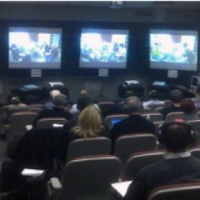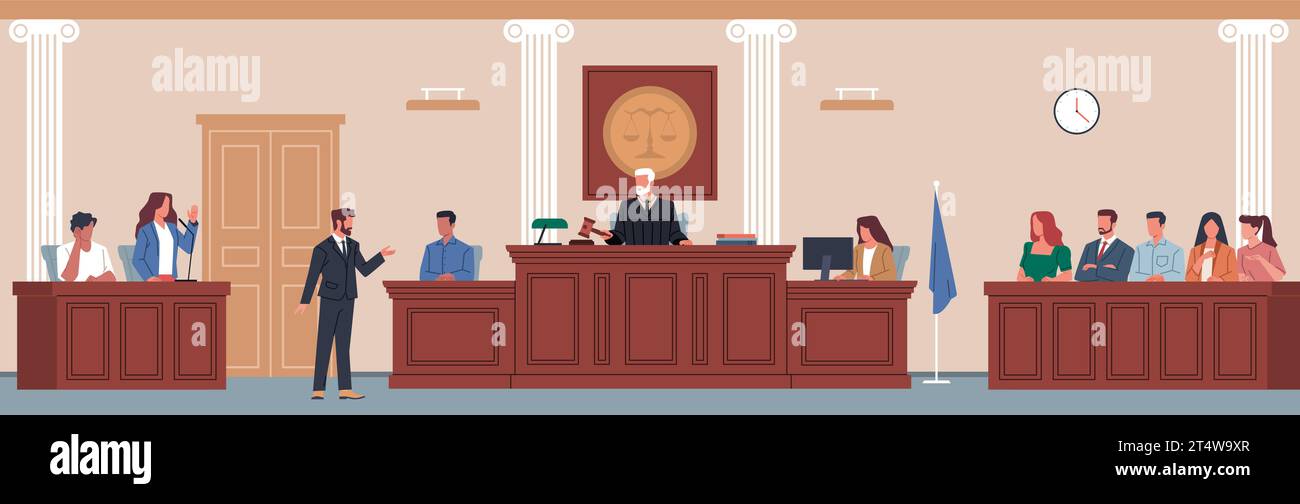Just How Test Presentations Enhance Your Debate and Convince Jurors
Test presentations function as a critical mechanism for enhancing lawful debates and encouraging jurors. By incorporating visual aids, narrative frameworks, and psychological interaction, attorneys can create an engaging instance that reverberates on multiple levels. The critical use visuals not only clarifies complex details however likewise captures jurors' focus better than words alone. The art of narration plays a similarly vital function in transforming factual proof right into an engaging narrative, forming jurors' perceptions. Recognizing these components can considerably impact test outcomes, elevating the question of just how each component adds to this elaborate dynamic.

Significance of Aesthetic Aids
Aesthetic aids play an important role in enhancing the efficiency of test discussions, as they can substantially increase target market involvement and retention of details. In the context of a trial, where jurors are tasked with processing complex details, visual help serve to streamline and clear up key factors. Graphes, graphs, and pictures can convey information and concepts that might otherwise overwhelm or perplex jurors, enabling an extra simple understanding of the proof presented.
In addition, visual aids assist in maintaining juror interest throughout the proceedings. By breaking the uniformity of verbal statement, these devices can punctuate essential arguments, making them extra memorable. Efficient aesthetic aids can likewise stimulate psychological reactions, which can be crucial in persuading jurors to line up with the speaker's story.

Crafting Compelling Stories
An engaging narrative is necessary in trial presentations, as it works as the foundation of effective persuasion. It enables lawyers to weave together truths, proof, and psychological components into a meaningful tale that reverberates with jurors. This narrative structure allows jurors to recognize the intricacies of the case while directing them with the lawyer's argument.
To craft a compelling narrative, lawyers must concentrate on clarity and coherence. This includes developing a clear lead character-- usually the client-- and outlining their journey with the events in concern. Providing the realities in a rational series boosts understanding and keeps engagement. Additionally, using vibrant descriptions can create mental images that help jurors imagine the events, making the narrative extra memorable.
Furthermore, integrating key themes throughout the discussion enhances the core message and help in retention - trial presentations. The narrative ought to not only convey details yet likewise evoke a feeling of justice, highlighting the risks included. Ultimately, a well-constructed story promotes a connection between the jurors and the instance, placing the attorney's argument as both reliable and compelling, therefore more boosting the possibility of a beneficial judgment

Engaging the Court Emotionally
Effective jury engagement rests on the attorney's capability to get in touch with jurors on a psychological level. This connection can considerably influence jurors' understandings and their best decision-making. Using sob stories permits lawyers to humanize the case, changing abstract legal concepts into relatable experiences. By offering real-life tales or reviews, lawyers can evoke empathy and empathy, promoting a much deeper understanding of the concerns at risk.
Visual aids, such as pictures or video clips, can even more improve emotional involvement, offering jurors with brilliant depictions of the case's human elements. Crafting a narrative that highlights the battles and accomplishments of the people entailed guarantees that jurors see beyond the lawful debates and identify the human repercussions of their choices.
A lawyer's enthusiastic shipment can resonate with jurors, reinforcing their emotional financial investment in the instance. It's necessary to stabilize emotional charms with factual evidence, ensuring that jurors really feel urged to act while staying grounded in the truth.
Structuring Your Discussion

The body of the discussion ought to be logically fractional into bottom lines, each supported by engaging evidence. It is valuable to utilize storytelling methods to weave facts right into a narrative that jurors can conveniently follow. Aesthetic aids, such as graphes and videos, can boost comprehension and involvement, this hyperlink helping to highlight essential pieces of proof.
Real-World Study
Analyzing real-world instance studies gives indispensable understandings into the art of test discussions and persuasion. As an example, the spots case of "O.J. Simpson v. Individuals of The golden state" illustrates exactly how aesthetic aids and engaging narratives can persuade court perceptions. The defense group properly employed a technique that integrated top-level expert statements with multimedia discussions, which astounded jurors and ultimately influenced their choice.
An additional remarkable instance is the "McDonald's Coffee Instance," where the complainant's lawyers made use of visuals photos of the injuries sustained by Stella Liebeck. trial presentations. This stark visual proof played a critical duty in sharing the severity of her burns, leading to a significant court honor. Such instances show that impactful test presentations typically hinge on the efficient integration of visuals and storytelling to stimulate emotional reactions from jurors
Additionally, the "Casey Anthony Trial" highlighted the importance of narrative view publisher site comprehensibility and credibility. The prosecution's failing to develop a compelling timeline decreased their persuasive power, emphasizing the need of a well-structured discussion. Evaluating these cases discloses that effective trial presentations require strategic preparation, emotional engagement, and the capacity to reverberate with jurors' values and ideas.
Final Thought
Trial discussions dramatically improve arguments and encourage jurors with the tactical usage of aesthetic aids, compelling stories, and emotional involvement. By simplifying complex info and fostering links with the audience, these components produce a memorable and impactful experience. A well-structured discussion balances sob stories with valid proof, ultimately resonating with jurors' worths. The assimilation of these techniques not only influences decision-making yet likewise underscores the importance of reliable communication in the court room.